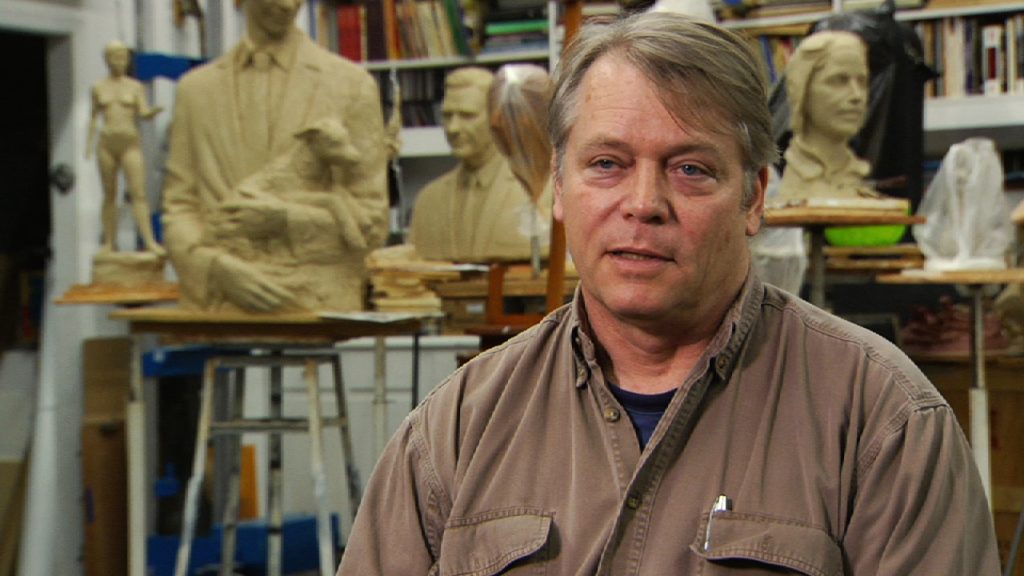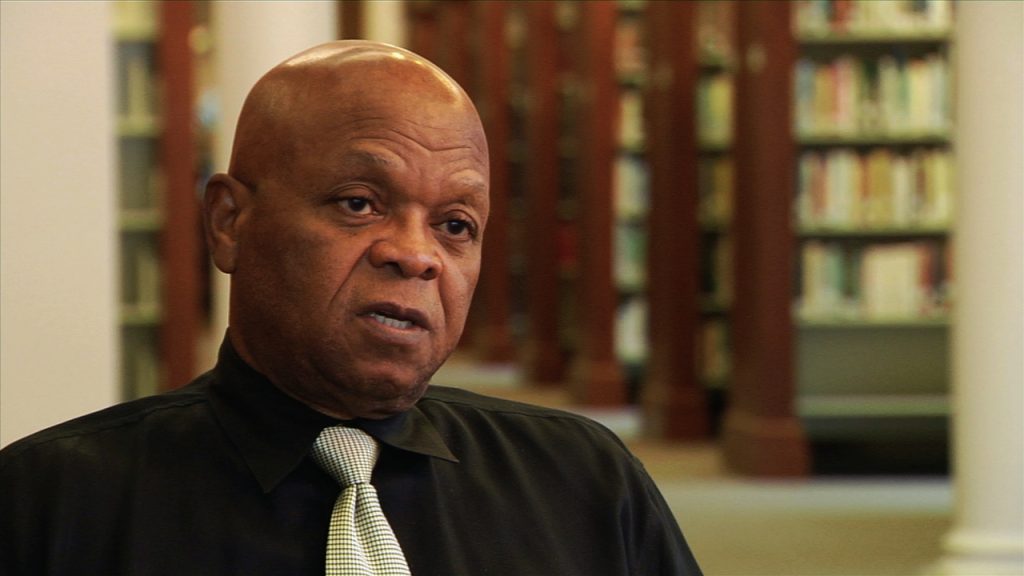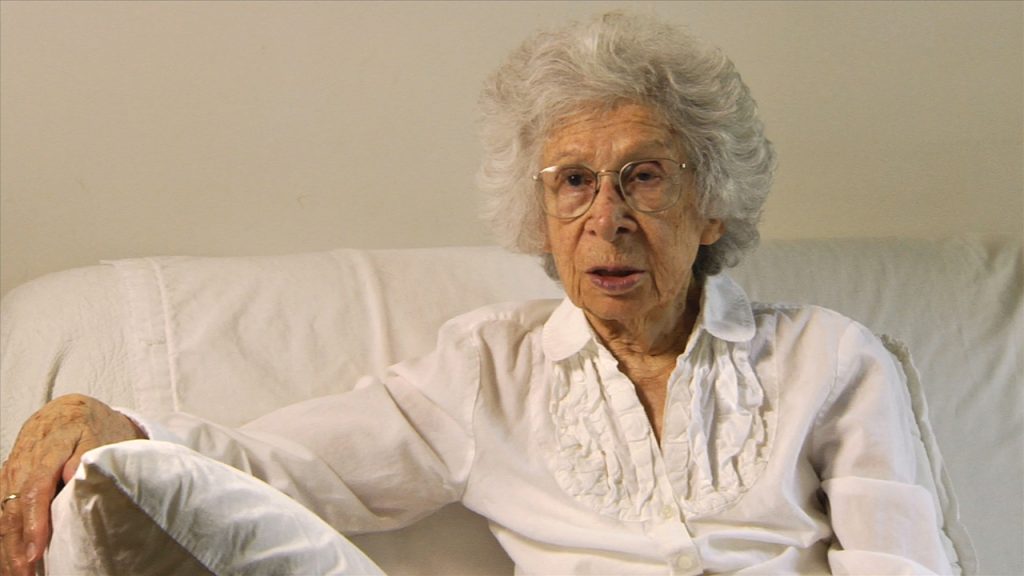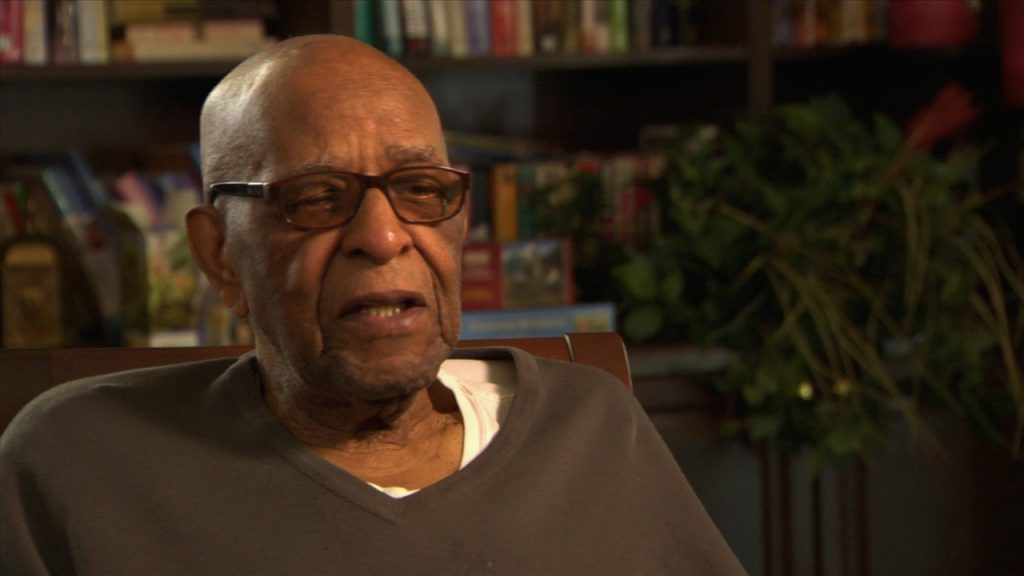Experts
We have traveled across the USA to interview cultural historians, art historians, journalists, museum directors, practicing artists and other experts. Each shares their unique insights into William Edmondson's life, times, and art. We have a few more interviews to shoot. Please consider supporting us with a donation to help us complete the film.

Jennifer Marshall, Ph.D.
Author and art historian. Assistant Professor in the Department of Art History at the University of Minnesota. Dr. Marshall specializes in the art and visual/material culture of the United States. She is currently writing a book on William Edmondson.

David C. Driskell
Artist and scholar. The late Professor Driskell was one of the world's leading authorities on African American art. Taught at Fisk and Howard Universities and University of Maryland. Author of “Two Centuries of African American Art” in 1976, which revolutionized the study of African American art.

Cynthia Gadsden, Ph.D.
Assistant professor of art history at Tennessee State University. Dr. Gadsden’s research areas include the visual arts, the lived experience, and the ways knowledge is transferred across generations via culture, relationships, and story.

Alan LeQuire
Nashville-based nationally-known figurative sculptor, who cites William Edmondson as a primary influence and inspiration. His mother, a journalist and art educator, studied, collected, and wrote extensively about Edmondson.

Lonnie Holley
Sculptor, painter, photographer, and musician. Since 1979, Holley has devoted his life to the practice of improvisational creativity. Holley’s sculptures are constructed from found materials in the oldest tradition of African American sculpture. His work is in collections of major museums throughout the country, on permanent display in the United Nations, and has been displayed in the White House Rose Garden.

Bobby L. Lovett, Ph.D.
Dr. Lovett was a prominent historian and author of several books on African American history. He researched and wrote extensively about William Edmondson. Professor Emeritus and former chair of History Department at Tennessee State University.

John Seigenthaler
A Nashville native, John Seigenthaler, Sr. served for 43 years as an award-winning journalist, editor, publisher and CEO, for The Tennessean newspaper and USA Today. He was an advisor to Robert Kennedy. The late Mr. Seigenthaler was a keen observer and reporter of Nashville history, particularly the long struggle for civil rights.

James Hoobler
Hoobler is the former director of the Tennessee Historical Society, Curator of the Tennessee State Capitol, and Senior Curator of Art & Architecture of the Tennessee State Museum, as well as the Curators Committee Chair of the American Alliance of Museums. He has served on many historical boards in Nashville, and is the author of books, catalogues, and articles on the city.

Judith McWillie
Professor emeritus of drawing and painting at the University of Georgia. Her paintings and photographs have been exhibited throughout the United States and Europe. She is author of numerous essays in arts and culture publications, as well as anthologies. She is co-author with Grey Gundaker of No Space Hidden: the Spirit of African American Yard Work.

Lois Riggins-Ezell
Executive Director Emeritus of the Tennessee State Museum, which holds a large collection of William Edmondson's work. In that role, she was responsible for the first major posthumous William Edmondson retrospective exhibition in 1981, and its accompanying catalog of essays.
First-person accounts
William Edmondson died in 1951, so there are a very few people who still remember him. Here are some of the remarkable people we have found and interviewed.

Cecile Starr
The late Ms. Starr was the niece of Alfred Starr, Edmondson's most important patron. She met William Edmondson at his home and workshop in when she was a teen in 1937, a meeting that left a lasting impact. Starr later became an author, documentary producer, and film professor.

Duiel Overton
The late Mr. Overton, a Nashville-area native, was a college student at Tennessee A & I College (now Tennessee State University) in the 1940's. He lived in the the same segregated neighborhood as Edmondson, and shared his memories of Nashville in that era, and of seeing Edmondson's sculptural yard display.

Robert Denton
As a nine year old boy, he met William Edmondson when his parents traveled to Nashville from New Jersey, specifically to purchase several pieces directly from the artist. Those pieces, "boxer", "seated nude" and "seated girl ('Little Orphan Annie')" disappeared from public view for six decades.
